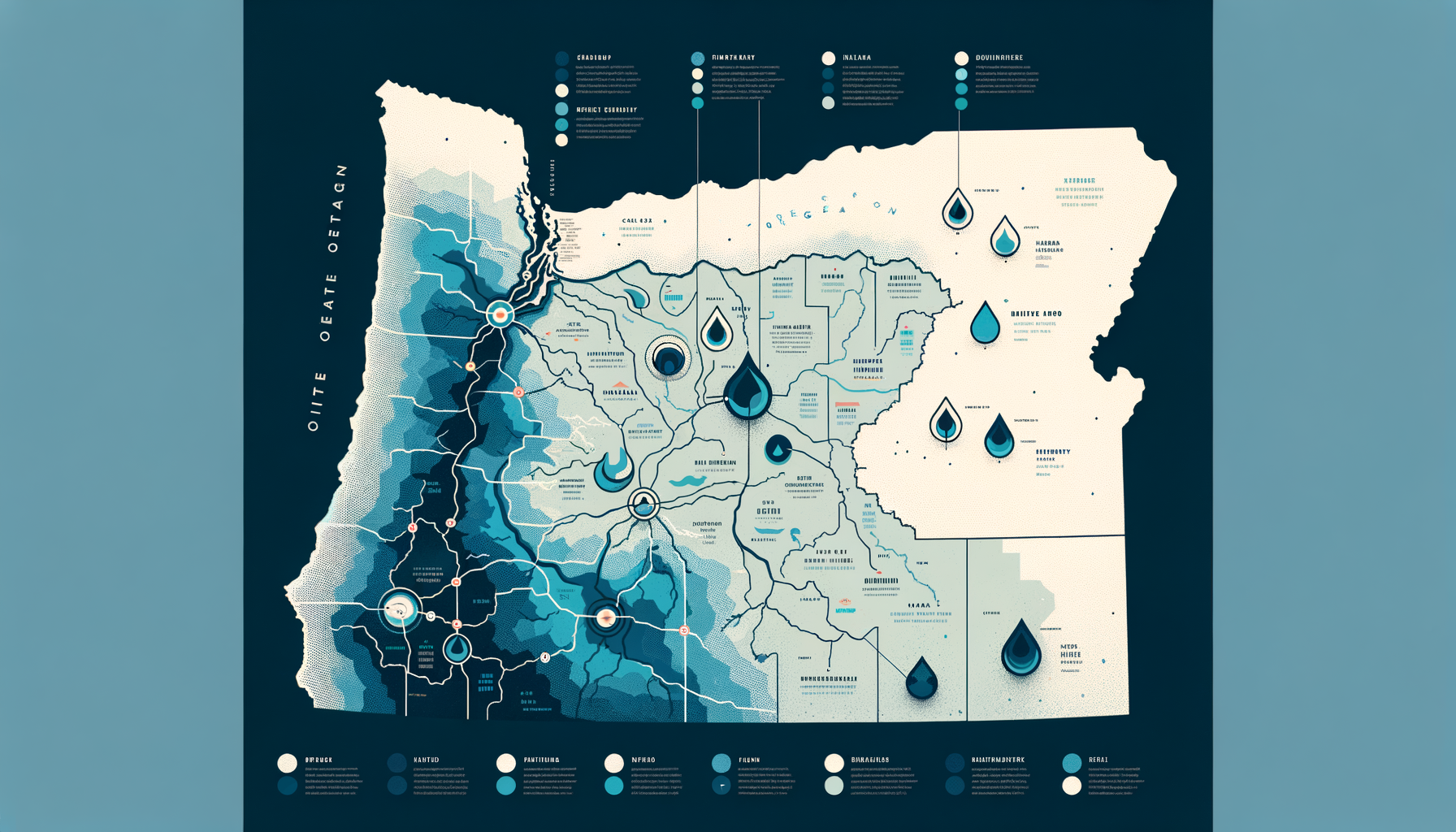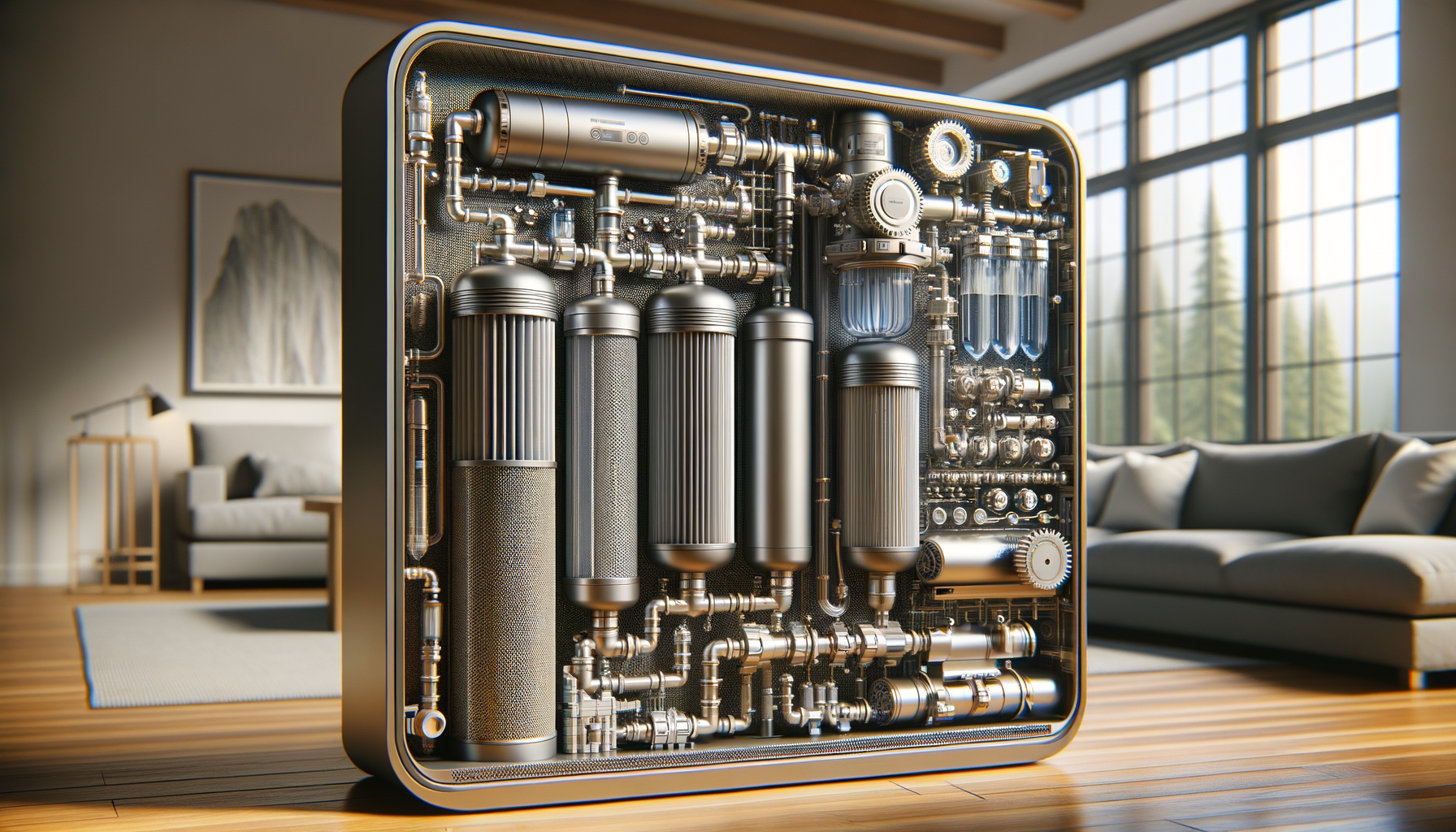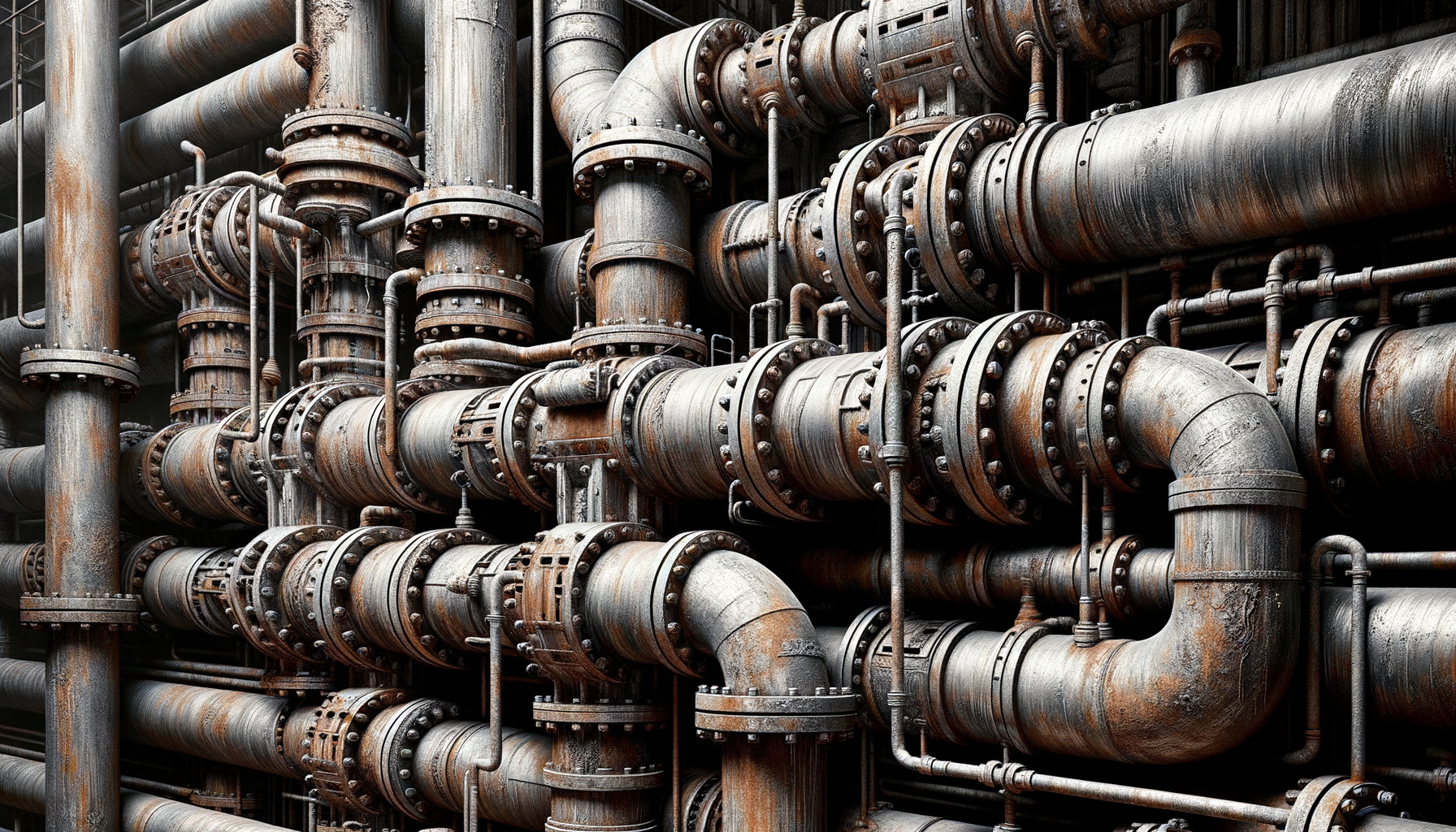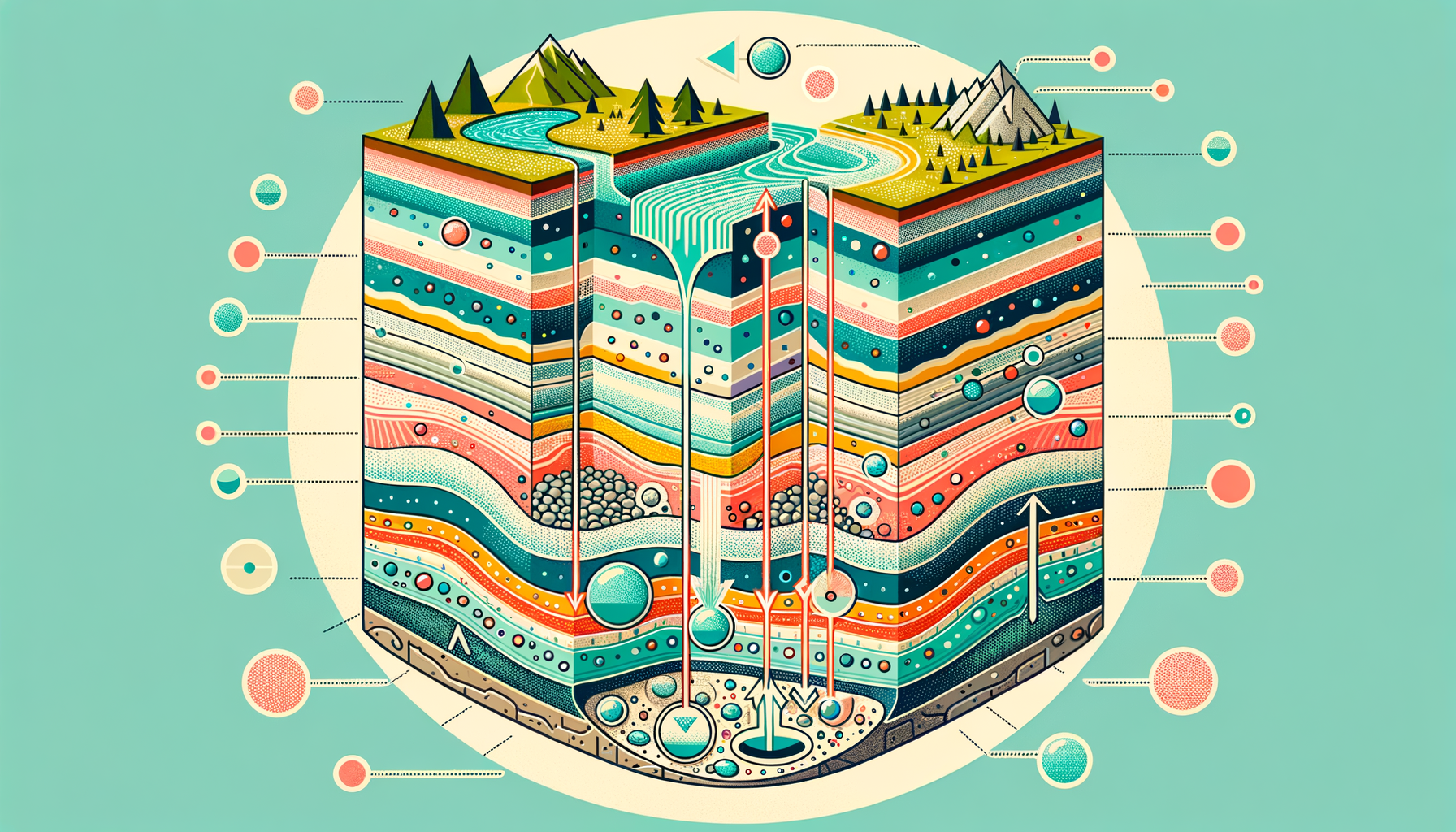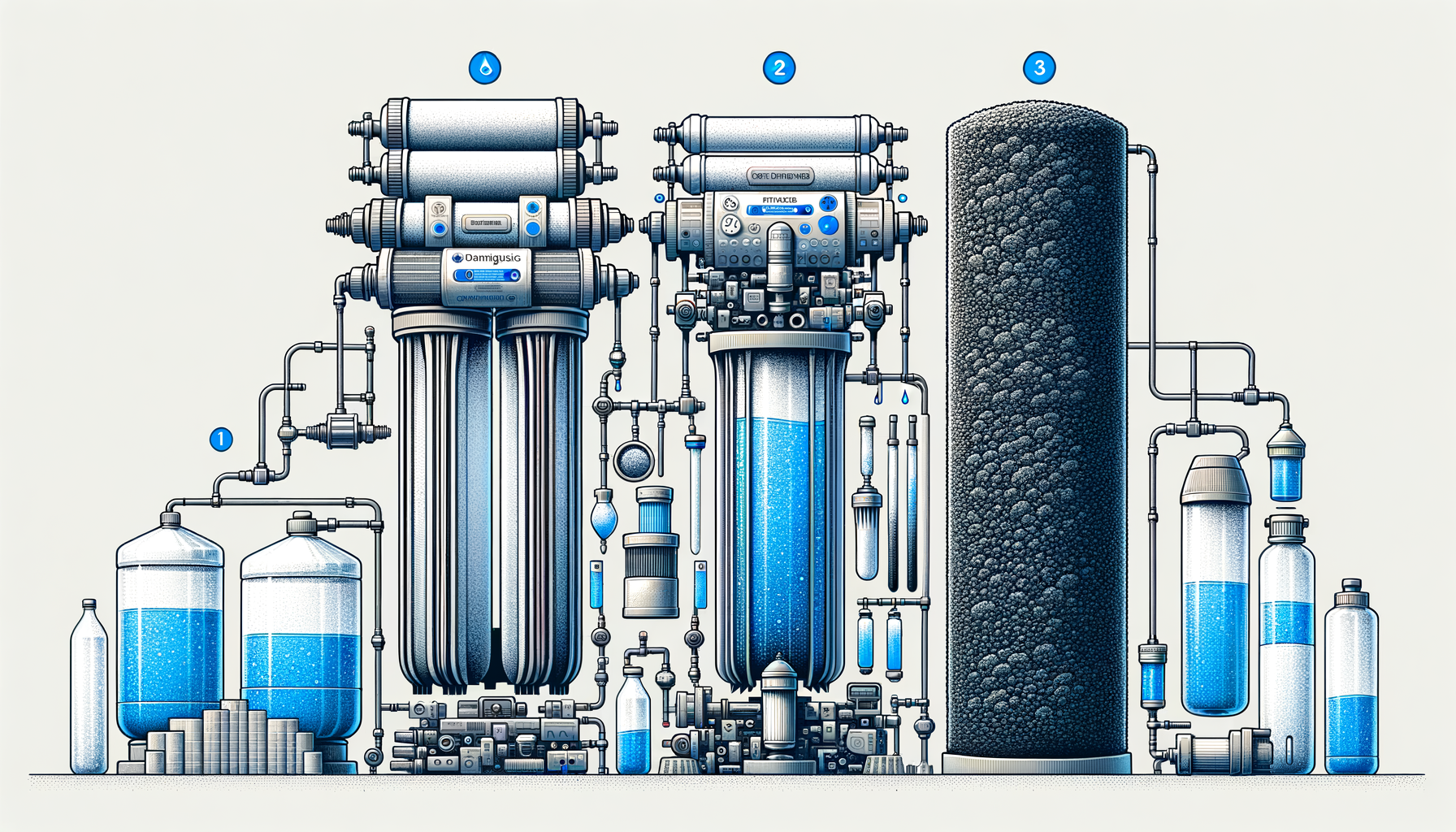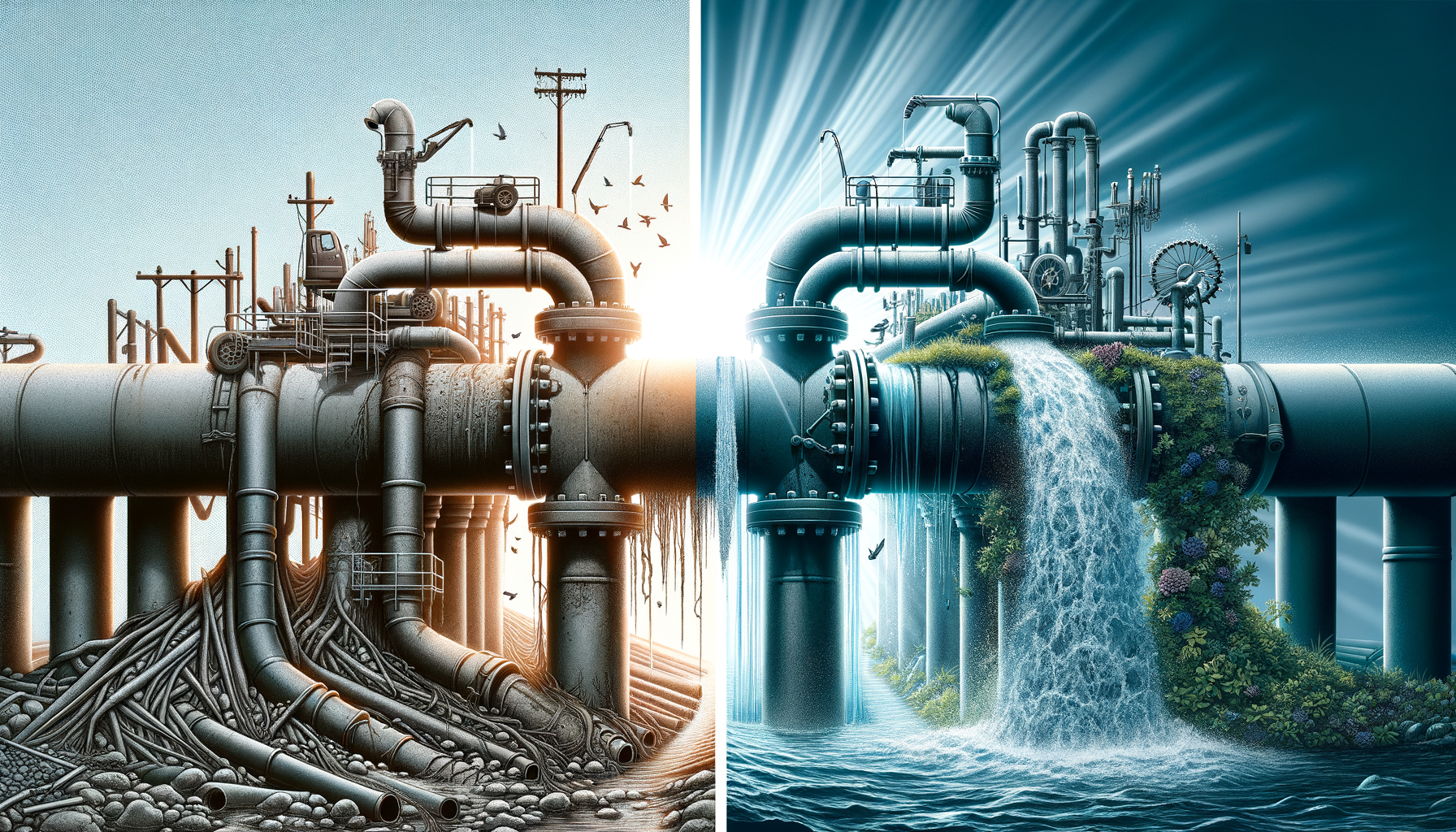Comprehensive Guide to Water Quality in Oregon State: Contaminants, Issues, and Water Filtration Solutions
by Ryan Moreau / updated February 13th, 2025
Oregon is known for its breathtaking landscapes and abundant natural resources, including an extensive network of rivers, lakes, and underground aquifers. Despite the state’s reputation for pristine environments, various water quality challenges persist due to industrial activities, agricultural practices, and urban development. In this comprehensive guide, we explore the common contaminants in Oregon’s water, regional water quality challenges, and effective filtration solutions. Start by using our Water Quality Tool to get a customized analysis of your local water conditions.
Overview of Oregon’s Water Sources
Oregon’s water supply is sourced from a variety of natural systems, reflecting the state’s diverse geography:
- Rivers and Streams: The Columbia, Willamette, and Rogue Rivers are significant sources for municipal use, agriculture, and recreation.
- Lakes and Reservoirs: Bodies like Crater Lake and Hells Canyon Reservoir support both ecological diversity and human consumption.
- Groundwater Aquifers: Many communities, especially in rural areas, depend on groundwater from aquifers such as the Columbia River Basalt Group aquifers.
- Snowmelt and Rainfall: Oregon’s climate contributes to natural replenishment of water sources through snowfall in the mountains and consistent rainfall, particularly in the western regions.
Effective management of these resources is critical to ensuring clean and safe water for all Oregonians.
Common Water Quality Contaminants in Oregon
Oregon’s water sources may contain a range of contaminants due to industrial processes, agricultural runoff, and natural geological factors. To better understand what might affect your area, start with our Water Quality Tool and then review these common issues:
1. Arsenic
Arsenic is a naturally occurring element in Oregon’s geology, particularly in areas with volcanic rock. Elevated levels can leach into groundwater, affecting private wells. Chronic exposure to arsenic poses serious health risks, including skin lesions and various cancers.
Water Filtration Options for Arsenic: Reverse Osmosis Water Filters, Adsorptive media filters specifically designed for arsenic removal.
2. Nitrates
Agricultural regions in Oregon, such as the Willamette Valley, often experience elevated nitrate levels in groundwater due to fertilizer use and animal waste. High nitrate levels are particularly hazardous for infants, potentially causing methemoglobinemia or “blue baby syndrome.”
Water Filtration Options for Nitrates: Reverse Osmosis Water Filters, Ion exchange systems.
3. Pesticides and Herbicides
Heavy agricultural activity increases the risk of pesticide and herbicide contamination in both surface water and groundwater. Chemicals such as atrazine and glyphosate can impact human health and aquatic ecosystems.
Water Filtration Options for Pesticides and Herbicides: Activated Carbon Water Filters, Reverse Osmosis Systems.
4. Lead and Copper
Aging infrastructure in older Oregon cities, such as Portland, can result in leaching of lead and copper from pipes and plumbing fixtures. This is particularly a concern in homes built before 1986 when lead solder was still in common use.
Water Filtration Options for Lead and Copper: Reverse Osmosis Water Filters, Filters certified for lead removal, such as certain activated carbon filters.
5. Radon
Radon is a radioactive gas that can dissolve into groundwater from surrounding rocks. In certain parts of Oregon, especially in areas with granite bedrock, radon levels in water can be elevated, posing risks of stomach cancer upon ingestion and lung cancer from released radon gas during water use.
Water Filtration Options for Radon: Aeration systems, Granular activated carbon filters (though these require careful maintenance due to radioactivity).
6. Microbial Contaminants
Surface water sources are susceptible to microbial contamination from wildlife and agricultural runoff. Cryptosporidium and Giardia are protozoa that can cause gastrointestinal illness and are resistant to traditional chlorine disinfection.
Water Filtration Options for Microbial Contaminants: Reverse Osmosis Water Filters with UV disinfection systems can effectively neutralize bacteria and viruses.
7. Industrial Pollutants
Industrial activities, particularly in urban centers like Portland and along the Willamette River, can introduce contaminants such as volatile organic compounds (VOCs), heavy metals, and other chemicals into water sources.
Water Filtration Options for Industrial Pollutants: Activated Carbon Water Filters, Reverse Osmosis Systems.
Regional Water Quality Challenges in Oregon
Distinct regions within Oregon face specific water quality issues due to their unique environmental and industrial contexts. Notable challenges include:
1. Willamette Valley: Agricultural Runoff and Nitrates
The Willamette Valley is home to a significant portion of Oregon’s agriculture industry, including crops like berries, hazelnuts, and vineyards. Intensive farming practices have led to increased use of fertilizers and pesticides, which can leach into groundwater and rivers. This runoff elevates nitrate levels and introduces chemical residues into the water supply.
Communities relying on well water in this region are particularly at risk. Efforts to adopt sustainable farming practices and better nutrient management are underway to mitigate these impacts, but residents should remain vigilant and consider regular water testing.
2. Portland Metro Area: Industrial Pollution and Lead
Portland’s industrial history along the Willamette River has left a legacy of pollution, including PCBs, heavy metals, and other hazardous chemicals. Cleanup efforts have been ongoing, but contaminants can persist in sediments and affect water quality.
The city’s older neighborhoods may have plumbing systems with lead pipes or solder, increasing the risk of lead leaching into drinking water, especially when water stands in pipes for extended periods. Programs to replace lead service lines and educate residents on flushing taps have been implemented to address this issue.
3. Coastal Regions: Saltwater Intrusion
In coastal communities like Astoria and Newport, the overuse of groundwater resources can lead to saltwater intruding into freshwater aquifers. This not only affects the taste of water but also can damage plumbing and appliances due to increased salinity.
Desalination and careful water management practices are essential in these areas to ensure a sustainable supply of potable water. Monitoring aquifer levels and regulating groundwater extraction help prevent further intrusion.
4. Eastern Oregon: Arsenic and Radon
The geology of Eastern Oregon is characterized by basalt formations and mineral-rich soils. Naturally occurring arsenic can dissolve into groundwater, affecting rural communities that rely on private wells. Long-term consumption of arsenic-laden water is a significant health concern.
Similarly, radon gas, emanating from uranium in rocks and soil, can contaminate water supplies. Testing for these contaminants is crucial for residents in these areas, and appropriate treatment systems should be installed when necessary.
General Water Characteristics in Oregon
Understanding the general characteristics of Oregon’s water helps in identifying potential issues and selecting appropriate filtration solutions. Key characteristics include:
1. Water Hardness
The hardness of water in Oregon varies widely depending on the source. In many western regions, water is relatively soft due to abundant rainfall and surface water sources. However, areas reliant on groundwater, especially in Eastern and Southern Oregon, may experience hard water due to higher mineral content, particularly calcium and magnesium.
Hard water can lead to scale buildup in plumbing and appliances, reducing efficiency and lifespan. Residents experiencing these issues may benefit from installing water softeners. If you’re unsure whether you need a water softener or which type fits your family’s needs, try our Water Softener Calculator for personalized guidance.
2. pH Levels and Corrosivity
The pH level of water affects its corrosivity. In certain parts of Oregon, water can be slightly acidic, particularly in areas with volcanic soil or high rainfall. Acidic water can corrode pipes, leading to metal leaching, such as copper and lead.
- Acidic Conditions: Areas with high rainfall, like the Oregon Coast and Cascades, may have more acidic surface water.
- Impact on Plumbing: Corrosive water accelerates the degradation of metal pipes and fixtures.
To prevent corrosion-related issues, residents may install acid neutralizing systems to balance the pH of their water supply.
3. Turbidity and Sediment
Heavy rainfall and seasonal changes can lead to increased turbidity in surface water sources due to sediment runoff. This is particularly evident in river systems like the Willamette and Columbia during the wet season.
- Impacts on Water Quality: High turbidity can harbor microbial contaminants and reduce the effectiveness of disinfection processes.
- Filtration Needs: Sediment filters may be necessary to remove particulates and improve water clarity.
Implementing appropriate pre-filtration systems helps protect downstream filtration equipment and ensures better overall water quality.
Utilizing the Water Quality Tool for Oregon Residents
Understanding your local water quality is essential for ensuring safe drinking water. Our Water Quality Tool enables Oregon residents to:
- Enter their zip code for a detailed analysis of local water sources
- View data on common contaminants in public and private water supplies
- Receive personalized recommendations for filtration systems based on your water quality challenges
Recommended Filtration Solutions for Common Oregon Contaminants
Based on the prevalent contaminants identified in Oregon’s water sources, the following filtration systems are highly recommended:
1. Reverse Osmosis Systems
Reverse Osmosis Systems are highly effective at removing a broad range of contaminants, including arsenic, nitrates, radon, and heavy metals. They are suitable for both point-of-use and whole-house applications depending on your needs.
2. Activated Carbon Filters
Activated Carbon Filters excel at removing organic compounds, pesticides, herbicides, and chlorine. They also improve taste and odor, making them ideal for treating municipal water supplies.
3. Water Softeners
Water Softeners address hardness issues caused by high levels of calcium and magnesium. Softening your water can prolong the lifespan of appliances and improve the efficiency of cleaning processes.
Local Water Testing Services in Oregon
Conducting comprehensive water testing is essential to identify specific contaminants and select appropriate treatment methods. We recommend using SimpleLab for reliable water quality analysis. Their testing kits are easy to use, and detailed lab reports provide actionable insights into your water’s safety.
Case Studies: Addressing Water Quality Issues in Oregon
Real-world examples provide valuable insights into how various water quality challenges in Oregon are being addressed:
1. City of Salem: Algal Blooms and Toxins
In 2018, Salem faced a water advisory due to algal toxins from a cyanobacteria bloom in Detroit Lake, the city’s primary water source. The toxins bypassed conventional treatment methods, leading to warnings for vulnerable populations.
The city has since invested in advanced treatment technologies, including powdered activated carbon and ozone treatment, to effectively remove algal toxins and prevent future incidents.
2. Harney County: Arsenic Mitigation
Communities in Harney County, Eastern Oregon, have struggled with high arsenic levels in groundwater. Efforts to install centralized treatment systems and provide point-of-use filtration options have helped reduce exposure.
The collaboration between local health departments, residents, and state agencies has been pivotal in securing funding and resources to address this issue.
3. Portland: Lead Education and Pipe Replacement
Portland has implemented extensive lead reduction programs, including public education campaigns about flushing taps and using certified filters. The city has also accelerated the replacement of lead service lines and plumbing components in both public and private properties.
These measures have significantly decreased lead levels in drinking water, ensuring safer water for residents.
Call to Action
Oregon’s diverse water sources—from snow-capped mountains to fertile valleys—provide ample water, but also present unique challenges that require proactive management. Ensuring the safety and quality of your drinking water is essential for health and well-being.
Start by entering your zip code into our Water Quality Tool for a detailed analysis of your water supply. Then, explore our filter review articles to find the most effective system for your needs. Finally, confirm your water’s safety with comprehensive water testing services to ensure you have the clean, safe water your home deserves.


